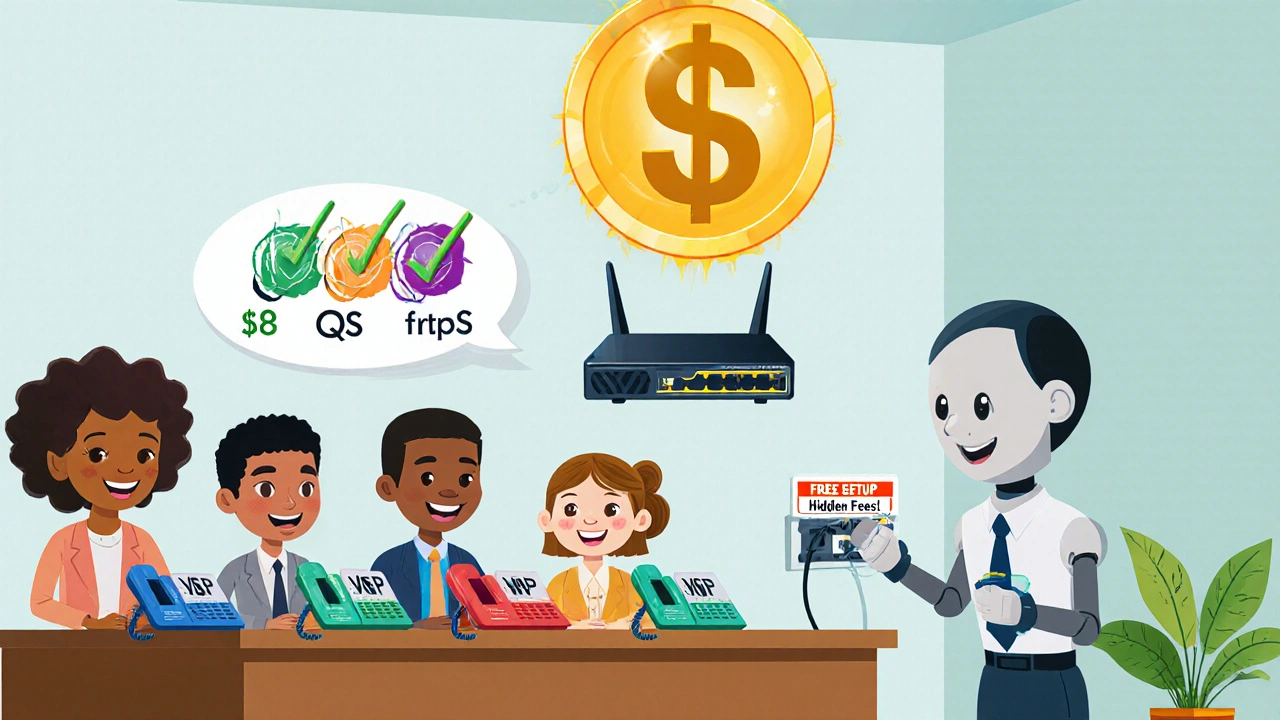VoIP Training Cost: What You Really Pay to Learn Internet Calling
When you think about Voice over IP, a technology that sends voice calls over the internet instead of phone lines. Also known as VoIP, it’s what powers your business phone system, your remote team’s calls, and even your church’s donation hotline. But knowing how to set it up right? That’s where VoIP training, structured learning to understand how VoIP systems work, from SIP configuration to security comes in.
Here’s the truth: you don’t need to spend thousands on a course to get good at VoIP. Many small businesses and home users learn everything they need from free guides, YouTube tutorials, and trial-and-error. But if you’re managing a team, handling customer calls, or worried about toll fraud, then real training—focused on SIP setup, the protocol that connects VoIP devices and routes calls over the internet, call recording compliance, how to legally record calls under laws like HIPAA and GDPR, or VoIP security, protecting your system from brute-force attacks and unauthorized access—can save you far more than it costs. A single misconfigured system can lead to $10,000 in fraudulent calls. A 2-hour course on least privilege access or SIP authentication can stop that before it starts.
Most paid VoIP training falls into three buckets: vendor-specific certifications (like Cisco or RingCentral), general VoIP networking courses (often from Udemy or Coursera), and hands-on workshops for IT teams. The cheapest? Free. You can learn SIP trunking, codec packetization, or how to fix echo issues from blogs like this one. The most expensive? Corporate training programs that run $2,000+ per person and include lab time and certification exams. But here’s the catch: you don’t need the fancy certification if you’re just setting up a small office. What you need is clarity—understanding which settings affect call quality, which tools actually help with compliance, and how to spot a bad provider before you sign up.
The posts below cover exactly that. You’ll find real-world breakdowns of free vs paid VoIP tools, how to set up call tagging without hiring an expert, why 20ms packetization is the sweet spot for most businesses, and how to lock down your system so hackers can’t turn your phone line into a free international hotline. No fluff. No sales pitches. Just what works—and what doesn’t—based on actual setups, not theory. Whether you’re a church volunteer managing donor calls or an IT manager scaling a remote team, you’ll find the right level of detail here to make smarter, cheaper, and safer decisions.
